Reportar esta entrada
Más sobre la misma comunidad-colección
UTEP Logotipo Cubierto de Nieve
The picture shows the UTEP logo which was covered in snow at one ...
Biblioteca UTEP, 1968 - El Paso, Tejas
The image shows the old UTEP library building in 1968. A more ...
Edificio de Servicios Académicos, UTEP
The photograph shows the Academic Services Building of UTEP. It ...
Soldado de Búfalo, fortaleza Bliss
A salute to black cavalry soldiers, the sculpture by Jimmie ...
William Beaumont Army Medical Center - El Paso, Texas
The image shows the William Beaumont Army Medical Center. This ...
Planta Refinadora Phelps-Dodge en El Paso, Texas
Interior of plant showing copper ingots on conveyors. ...
Cámara de Comercio Universidad Almuerzo
These are the past and present directors of the El Paso Chamber ...

















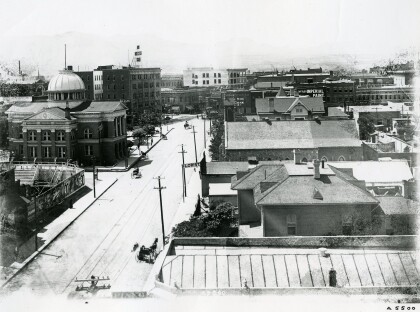
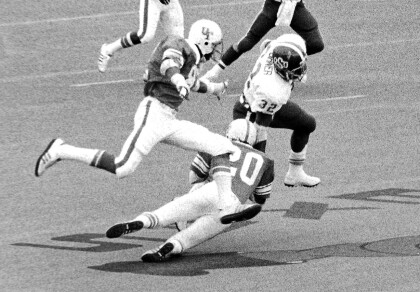
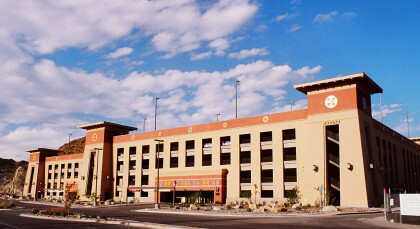
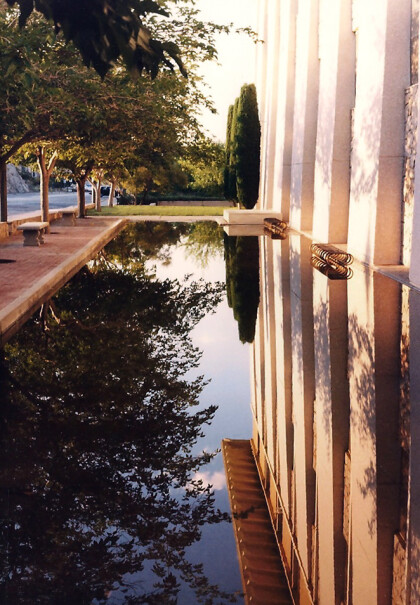
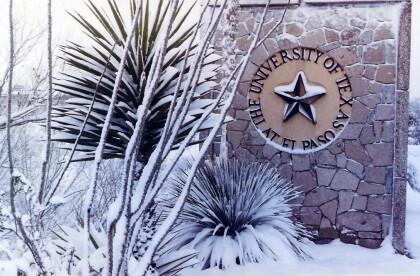
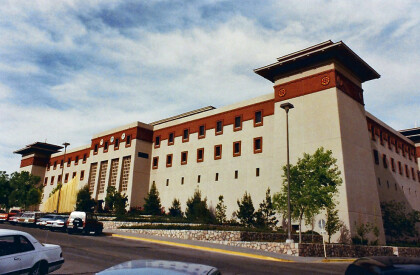
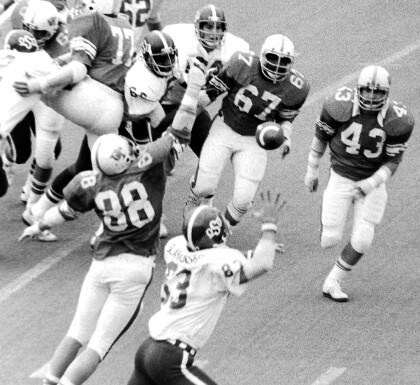
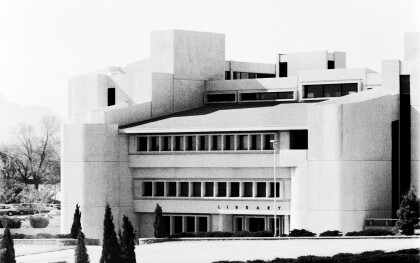
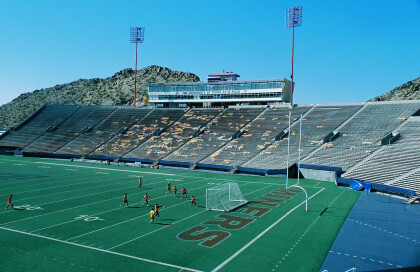
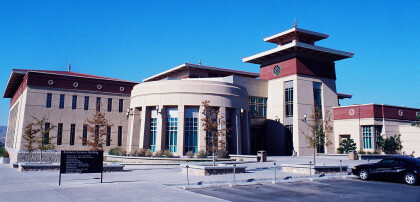
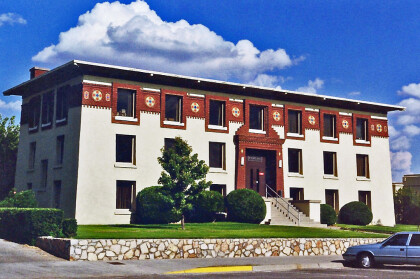
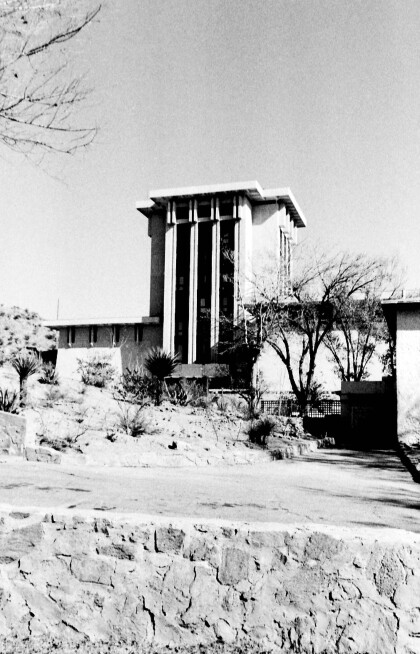
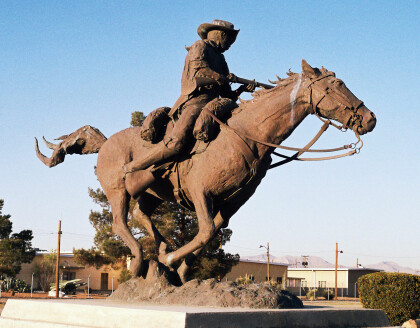
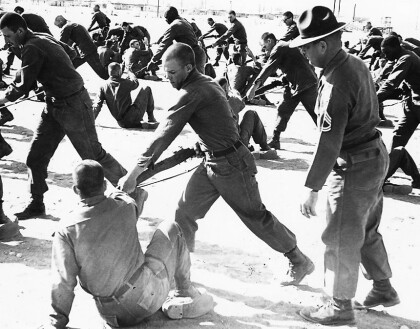
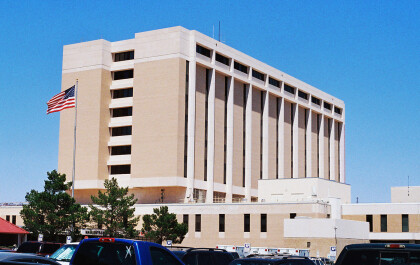
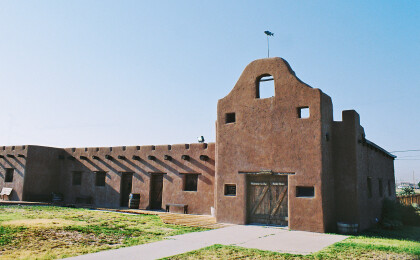
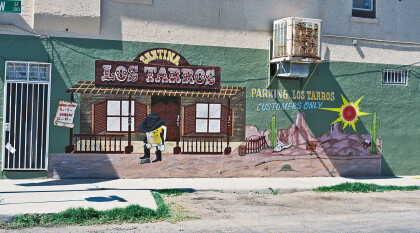
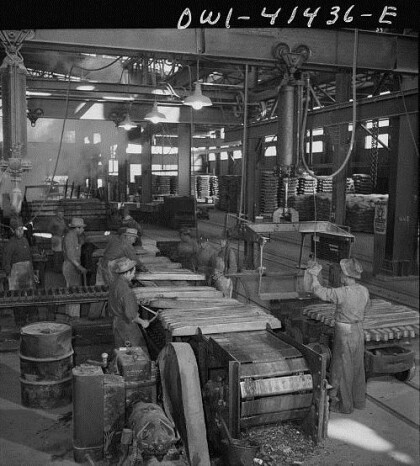
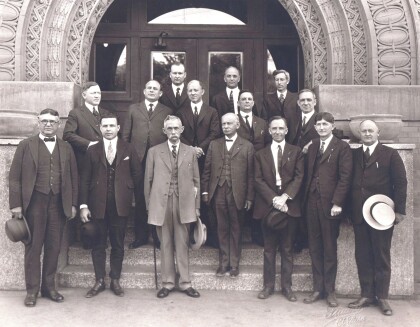
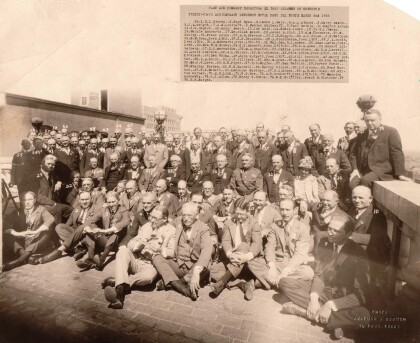
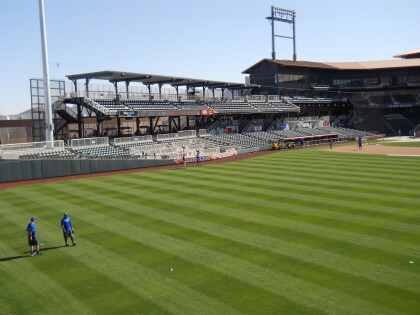
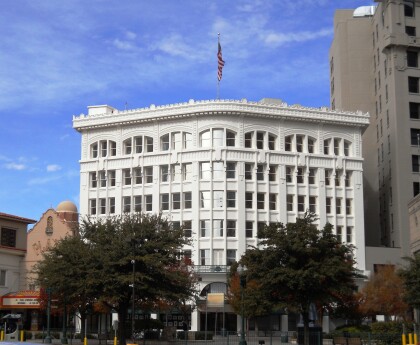
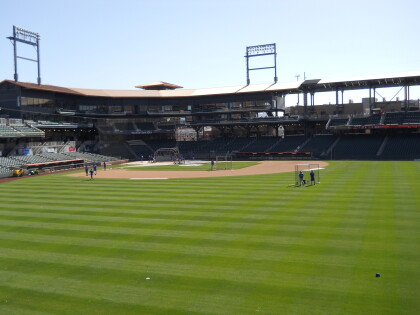
Comentarios
Hacer un comentario